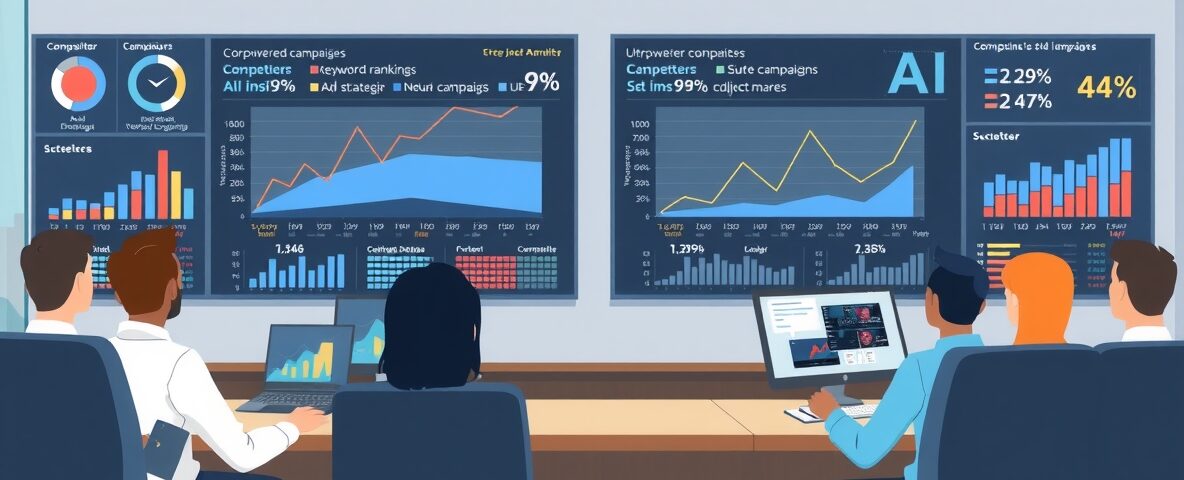
The Marketing Revolution: How AI Transforms Personalized Content Creation
September 18, 2025
Maximizing ROI: Driving Success with Data-Driven AI Marketing
September 18, 2025Maintaining a competitive edge has become more challenging in today’s dynamic business landscape, where change is the only constant. In this digital age, the convergence of marketing strategies with cutting-edge technologies like Artificial Intelligence (AI) has opened up new horizons for businesses seeking to outpace their competitors. One of the most powerful applications of AI in marketing is leveraging it for comprehensive competitor analysis.
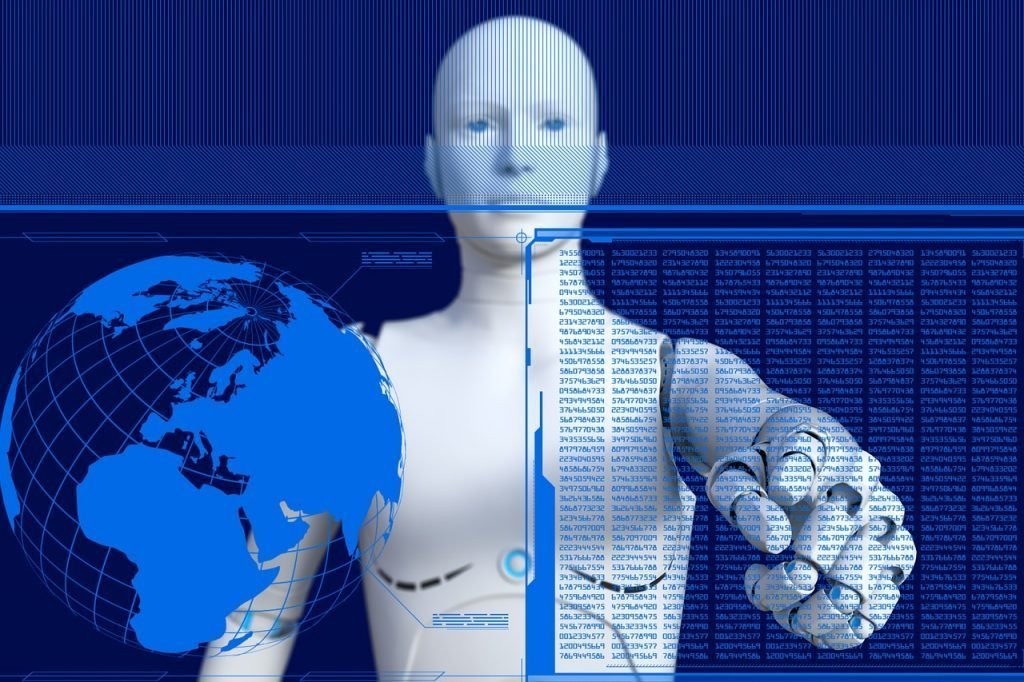
Introduction to AI Marketing and Competitor Analysis
Understanding the Intersection of AI and Marketing
Artificial Intelligence, often hailed as the cornerstone of the Fourth Industrial Revolution, has brought about a paradigm shift in how businesses approach marketing. Gone are the days when marketing was limited to catchy slogans and creative advertisements. Today, AI-driven algorithms analyze mountains of data to uncover hidden patterns, consumer preferences, and emerging trends. It’s like having a crystal ball that accurately predicts market behaviors.
AI has redefined personalization. With its ability to process immense volumes of data in real time, AI tailors marketing campaigns to individual customers. This level of personalization not only enhances customer experiences but also boosts conversion rates and customer loyalty. Remember the time you were browsing an online store, and it magically recommended products that perfectly matched your taste? Thank AI for that.
The Power of Competitor Analysis in Business
Competition is the driving force behind innovation and growth. While the goal is to stand out in a crowded market, understanding your competitors is equally crucial. Competitor analysis isn’t about mimicking their strategies; it’s about understanding their strengths and weaknesses to refine your approach.
AI has supercharged competitor analysis. It’s like having an army of analysts who can dissect your competitors’ digital footprints with surgical precision. AI tools scrape data from websites, social media platforms, forums, and customer reviews. This information is then distilled into actionable insights that reveal competitor strategies, customer sentiments, and market trends.
Imagine you’re running a restaurant, and a new eatery opens across the street. AI can tell you if their menu is winning hearts, what customers say about their service, and how their pricing compares to yours. With this knowledge, you can adjust your menu, enhance customer service, and fine-tune your pricing strategy.

The Role of AI in Competitor Analysis
Automating Data Collection and Processing
In the era of big data, manual data collection is akin to hunting for a needle in a haystack. This is where AI swoops in as a digital detective, collecting and processing data at a speed that would leave any human researcher in awe.
AI-powered web crawlers navigate the vast expanse of the internet, visiting websites, scanning social media feeds, and extracting relevant information. Imagine gathering insights from thousands of customer reviews scattered across the web. AI collects these reviews and categorizes sentiments, identifying whether customers are delighted, disappointed, or somewhere in between.
Identifying Key Performance Metrics through AI
The digital realm is teeming with metrics – clicks, likes, shares, bounce rates, conversions, and more. Amidst this data deluge, AI acts as a filter, zeroing in on the metrics that matter most to your competitive strategy.
For instance, if you’re in the e-commerce business, AI can determine which products from your competitors’ catalogs are flying off the virtual shelves. It can also reveal the keywords driving traffic to their websites and the sources of their highest-converting traffic. This information lets you optimize your product offerings and refine your SEO strategy.
AI doesn’t just show you the metrics; it deciphers their significance. A sudden spike in social media engagement might be due to a viral post, a trending hashtag, or a marketing campaign. AI distinguishes these factors, ensuring you understand the data and make informed decisions.
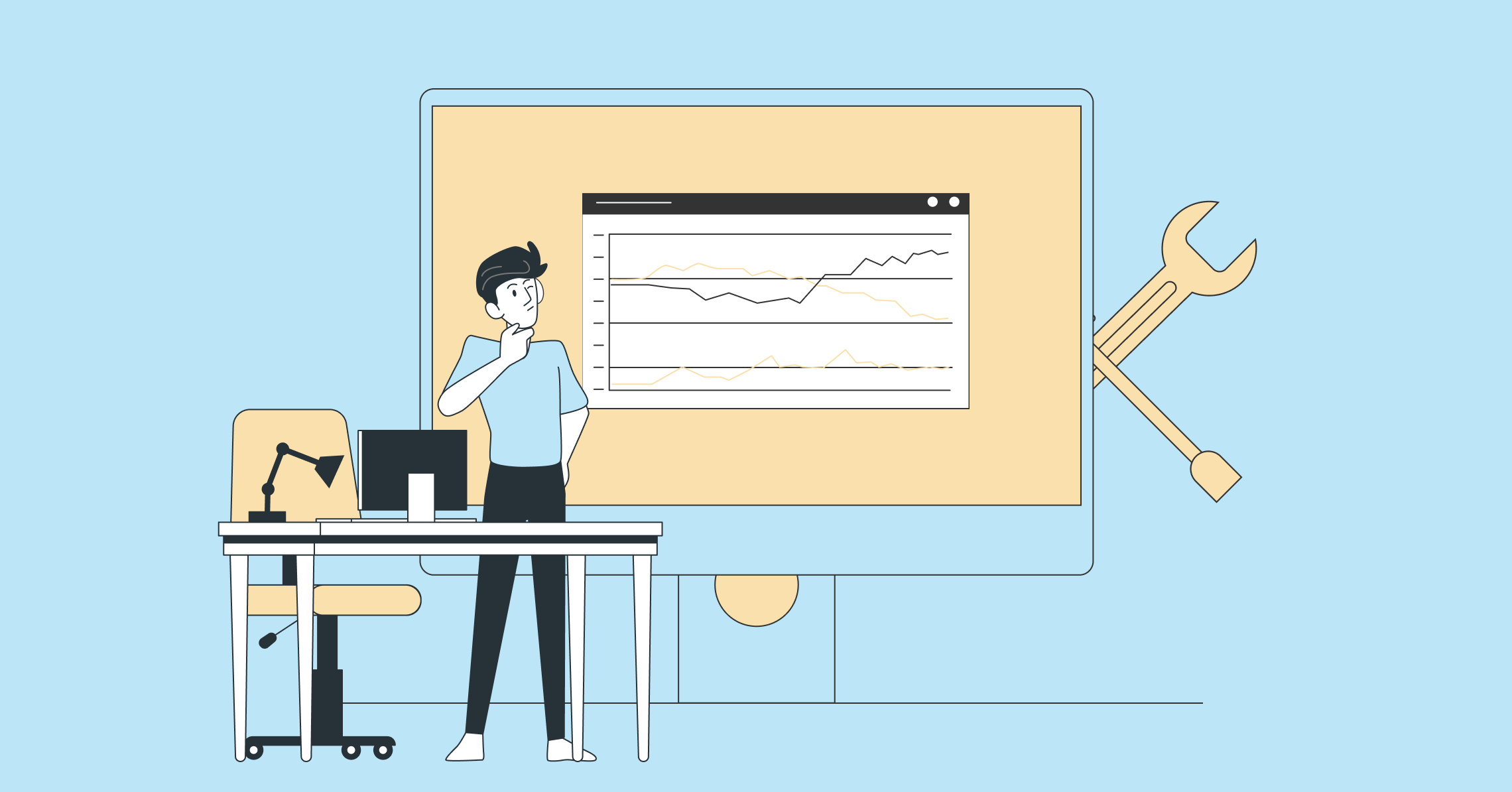
AI Tools for Competitor Analysis
Natural Language Processing (NLP) for Sentiment Analysis
Language is a treasure trove of insights, and NLP is the key to unlocking it. NLP algorithms comprehend human language – not just the words but the emotions behind them. When applied to competitor analysis, NLP deciphers customer sentiments towards your rivals.
Imagine you’re in the smartphone industry, and a competitor launches a new model. NLP analyzes customer reviews, forum discussions, and social media comments to gauge how people feel about the new device. Are they raving about the sleek design or grumbling about battery life? This information helps you identify gaps in the market that your product can fill.
Image Recognition for Visual Strategy Evaluation
A picture is worth a thousand words; in marketing, visuals often convey messages that words can’t. AI’s image recognition capabilities extend beyond identifying objects; they encompass understanding the context and emotions evoked by visuals.
Consider that you’re in the fashion industry, and your competitor is rolling out a new clothing line. AI analyzes images from their social media posts and ads, evaluating not only the clothing but also the models’ expressions, the color palette, and the overall aesthetic. This insight helps you fine-tune your visual marketing strategies.
Predictive Analytics for Anticipating Competitor Moves
Predicting the future might be the stuff of sci-fi, but predictive analytics comes close. By crunching historical data and real-time trends, AI generates forecasts about competitor behavior.
Suppose you’re in the retail sector, and your competitor consistently offers discounts during specific periods. Predictive analytics detects this pattern, allowing you to anticipate their next discount campaign. You can then decide whether to match their offer, introduce a counter-campaign, or take a different route altogether.
Machine Learning Algorithms for Pattern Recognition
Patterns hide in plain sight, and AI’s machine learning algorithms are adept at spotting them whether it’s identifying pricing trends, content strategies, or customer behavior, AI mines data for patterns that humans might overlook.
Imagine you’re in the hospitality industry, and your competitor consistently attracts business travelers on weekdays. AI detects this pattern and suggests that you focus on leisure travelers during weekends, optimizing your occupancy rates year-round.
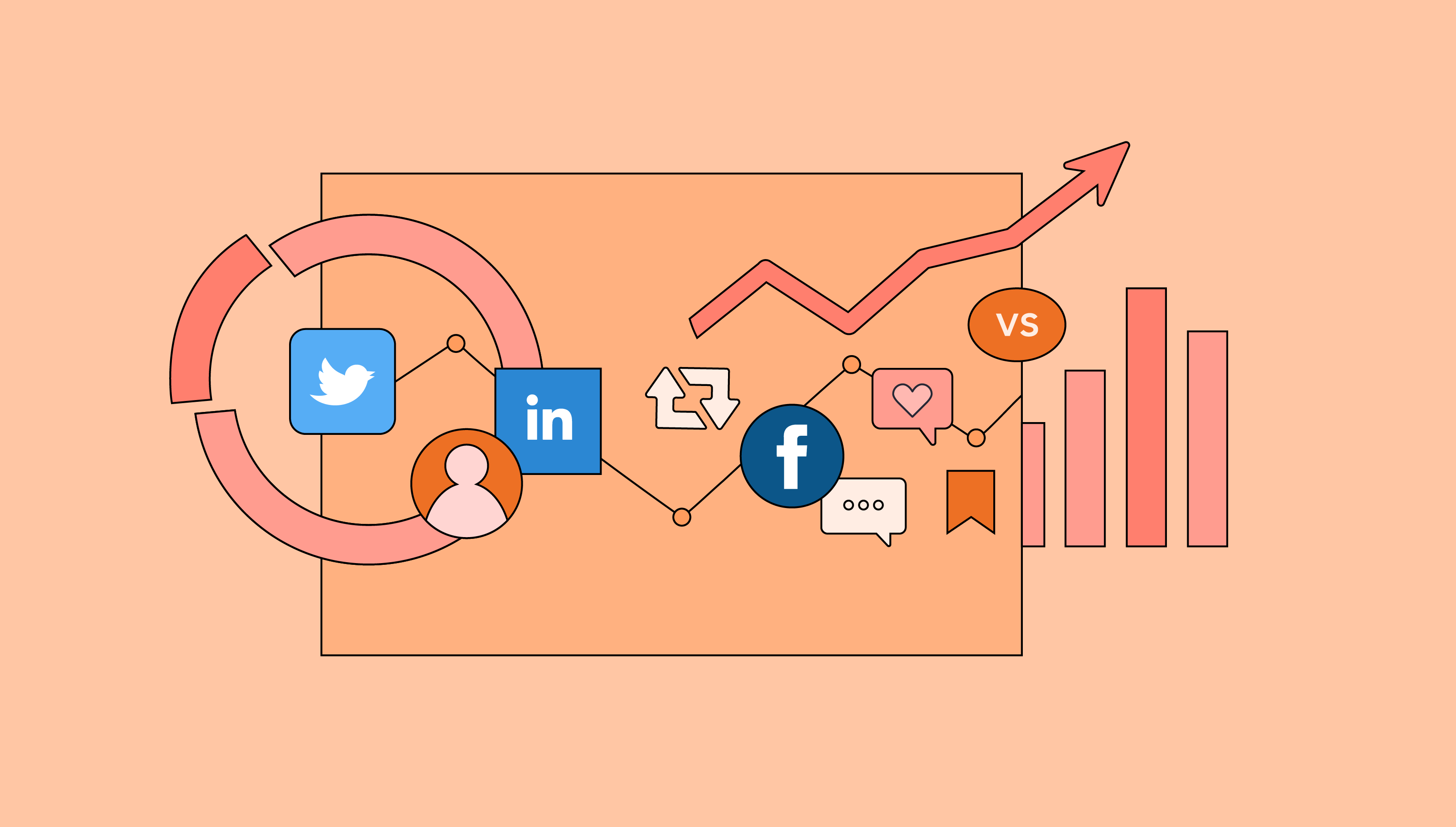
Steps to Effective Competitor Analysis Using AI
Defining Your Objectives and Key Metrics
Every journey begins with a destination in mind. Before diving into competitor analysis using AI, define your aim. Are you looking to understand your competitors’ content strategy, social media engagement, or pricing models? Clearly outline your objectives so that the AI tools can be directed toward gathering the most relevant insights.
For instance, if you’re in the software industry, your objective might be understanding how your competitors position their products in the market. Are they highlighting user-friendliness, advanced features, or cost-effectiveness? Once you define this, AI can sift through online content to extract the necessary information.
Choosing the Right AI Tools for Your Analysis
AI offers an arsenal of tools suited to a specific analysis objective. Think of it as a toolbox – you wouldn’t use a hammer to tighten a screw. Similarly, select AI tools that align with your analysis goals.
Let’s say you’re in the travel sector and want to analyze your competitors’ customer reviews to improve your service quality. Natural Language Processing (NLP) algorithms specializing in sentiment analysis would be your go-to tool. They’ll decipher the sentiments expressed in reviews, highlighting areas where competitors excel or falter.
Collecting and Preparing Data for AI Processing
Data is the fuel that powers AI’s analytical engines. Collect data from competitor websites, social media platforms, online forums, and industry publications—the more comprehensive your data, the richer your insights.
For instance, if you’re in the fitness industry, gather data on your competitors’ workout routines, fitness programs, and customer testimonials. Ensure the data is well-organized and structured before feeding it to the AI tools. Think of it as preparing a buffet spread for the AI algorithms – the better you organize the dishes, the more satisfying the feast.
Interpreting AI-generated Insights and Formulating Strategies
AI generates insights that even the most astute human analyst might miss. However, these insights are like pieces of a puzzle. It’s your job to piece them together to form a clear picture.
Imagine you’re in the automotive industry. AI reveals that a competitor’s recent advertising campaign focusing on safety features has garnered immense positive attention. Instead of merely replicating their strategy, consider how you can emphasize the unique safety elements in your vehicles. AI’s insights act as a springboard for your creative strategizing.

Real-Life Examples of Successful AI-Driven Competitor Analysis
E-commerce Sector: Optimizing Product Positioning
Picture this: You’re in the world of online fashion retail. Your competitor launches a line of sustainable clothing and gains traction. AI digs into customer reviews, social media discussions, and even blog posts to reveal the aspects that resonate with buyers.
Customers are raving about your competitor’s transparent supply chain and eco-friendly materials. With this insight, you tailor your marketing campaigns to highlight sustainable practices. AI enables you to align with customer values and carve a niche in the eco-conscious market.
Social Media Campaigns: Understanding Audience Engagement
In the fast-paced world of social media, engagement reigns supreme. Imagine you’re managing a chain of coffee shops, and a competitor’s humorous memes are generating a buzz. AI analyzes the engagement metrics – likes, shares, comments – to gauge the effectiveness of their campaign.
However, AI doesn’t stop at the surface. It delves deeper, identifying the specific elements that resonate with the audience. Is it the witty captions, the relatable coffee-related humor, or the vibrant visuals? With this knowledge, you create a campaign that brews up genuine connections with your audience.
Search Engine Optimization (SEO): Outranking Competitors
In the virtual realm, being on the first page of search results is like claiming the prime real estate. Consider that you’re in the tech industry, offering software solutions. Your competitor consistently ranks higher in search results, stealing the spotlight.
AI steps in as your SEO ally. It scrutinizes your competitor’s website structure, keyword usage, and backlink profiles. The result? Actionable insights on how to optimize your website for search engines. You adjust your content strategy, incorporate relevant keywords, and build authoritative backlinks. The result? Your website ascends the search rankings, gaining visibility and traffic.

Challenges and Ethical Considerations
Ensuring Data Privacy and Security
AI’s hunger for data is insatiable, but ensuring this hunger is satisfied ethically and legally is vital. Just as you lock the doors to your home, safeguard your customers’ and competitors’ data.
For instance, you might use AI to analyze competitors’ patient feedback in healthcare. It’s crucial to anonymize and protect this data, ensuring that no individual’s sensitive information is compromised.
Dealing with Misinterpretation of AI Insights
AI is a brilliant analyst, but it can have its moments of whimsy. It’s not immune to misinterpretation, much like an overenthusiastic intern. Always double-check the insights AI provides.
Imagine you’re in the financial sector, and AI suggests that a competitor’s sudden spike in stock prices is due to a groundbreaking innovation. Before making strategic decisions, verify the cause of the end. It might be an external factor unrelated to creation.
Avoiding Overreliance on AI in Decision-Making
AI is like a compass, guiding you on your journey, but you’re still the captain of your ship. Don’t hand over the wheel entirely to AI. It’s a tool, not a decision-maker.
Suppose you’re in the hospitality industry, and AI recommends replicating a competitor’s room pricing strategy. While AI has analyzed data, consider additional factors like your unique brand positioning and customer demographics. The final decision should blend AI insights and your industry acumen.
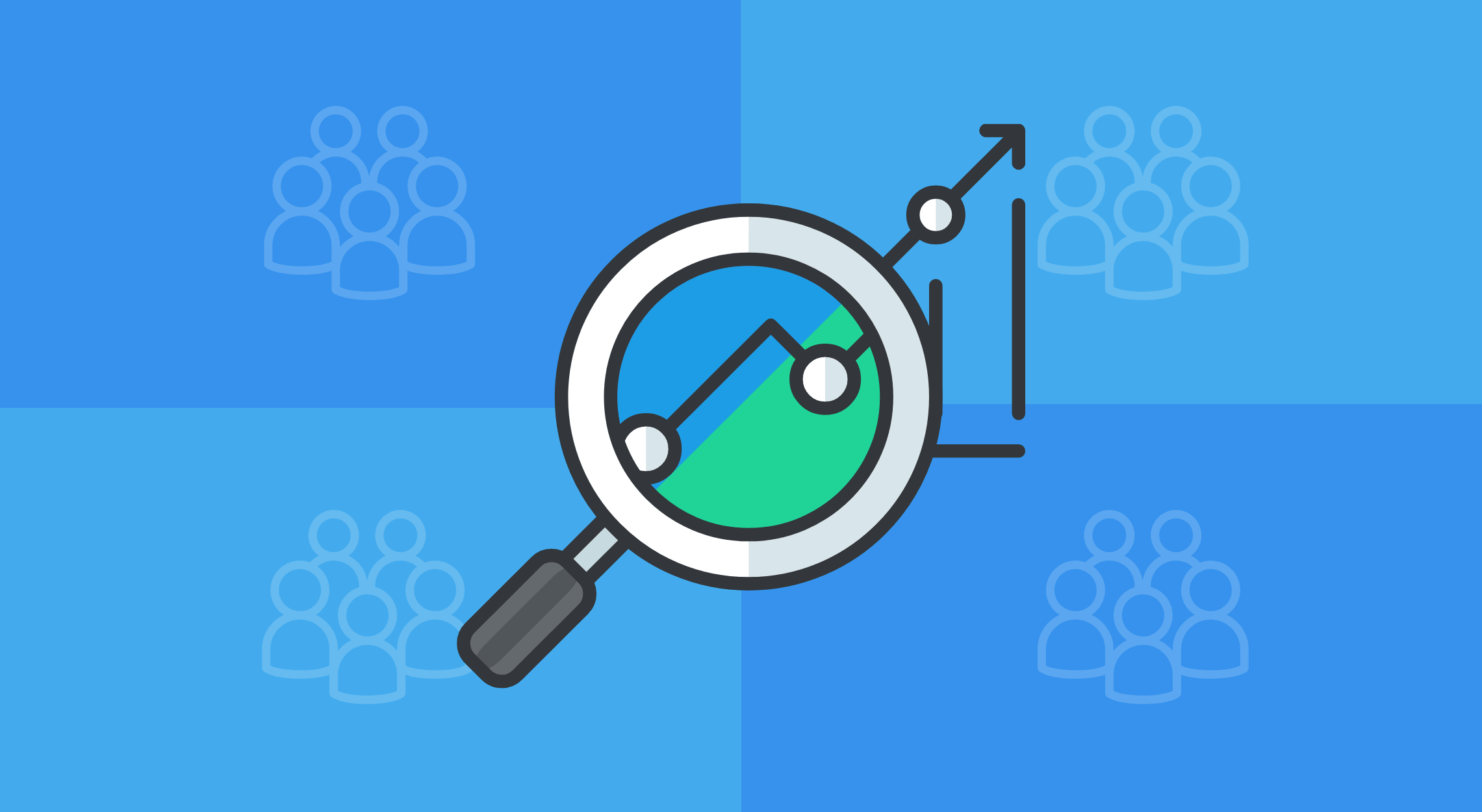
Future Trends in AI Marketing and Competitor Analysis
Integration of AI with Augmented Reality (AR) and Virtual Reality (VR)
The future is immersive, and AI is set to be your tour guide. Imagine you’re in the tourism industry, and AI combines with AR to offer virtual tours of your destinations. Customers can experience their dream vacation before booking, ensuring a match made in travel heaven.
Enhanced Predictive Capabilities for Dynamic Strategy Adjustment
Predictive analytics evolves from foreseeing trends to dynamically shaping strategies. Consider that you’re in the gaming industry, and AI predicts player behaviors and adapts game mechanics in real time. Players experience a personalized journey, and you stay ahead of their preferences.
Global Adoption of AI Tools for Even Playing Fields
AI transcends borders, bridging gaps between local and global markets. Suppose you’re in the fashion industry, and AI helps you understand customers’ fashion preferences worldwide. You tailor your designs to resonate with diverse cultures, ushering in a new era of global fashion.
FAQs
Q1: Is AI competitor analysis suitable for small businesses? Absolutely! AI levels the playing field, enabling small businesses to gain insights once reserved for industry giants.
Q2: How accurate is AI in predicting competitor behavior? AI’s accuracy varies depending on data quality and the algorithms used. It’s a powerful tool, but combining AI insights with human judgment yields the best results.
Q3: Can AI help me identify emerging competitors? Yes, AI can analyze market trends and identify emerging players. Remember that AI’s predictions are based on historical data, so that it might miss entirely new entrants.
Q4: How do I ensure ethical AI usage in competitor analysis? Prioritize data privacy, avoid using competitors’ proprietary information, and be transparent about the data sources you’re analyzing.
Q5: What skills do I need to harness AI for competitor analysis? While technical knowledge helps, you don’t need to be a tech wizard. Understanding your industry, formulating strategic questions, and interpreting AI-generated insights are critical.
As the curtain falls on our exploration of AI marketing through competitor analysis, it’s clear that AI isn’t just a tool; it’s a game-changer. By leveraging AI’s analytical prowess, businesses of all sizes can uncover hidden opportunities, refine their strategies, and emerge as industry leaders. Remember, the future belongs to those who embrace innovation, and with AI by your side, you’re well-equipped to chart a course to success in the ever-evolving marketing world.
In an era where data is abundant, and insights are invaluable, AI marketing fueled by competitor analysis is the compass that guides you through uncharted territories. So, harness the power of AI, gain that competitive edge, and watch your business soar to new heights in the digital landscape.


